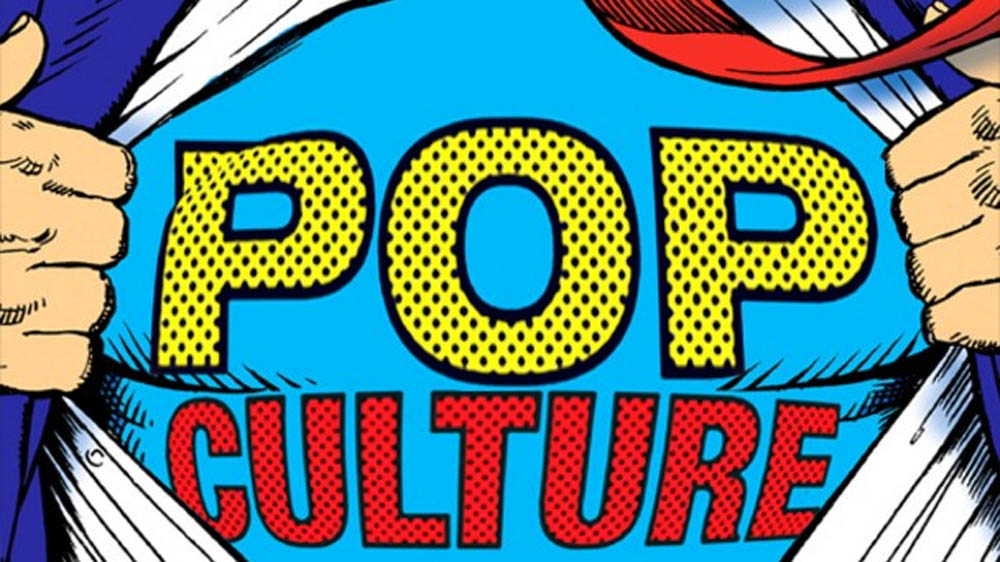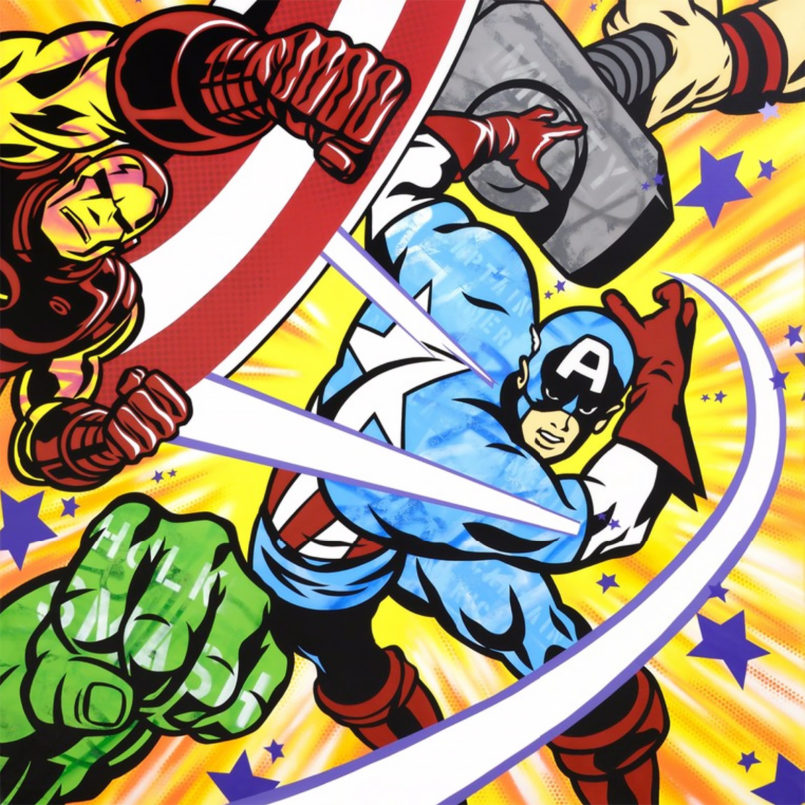

33.Īrno Karlen, Sexuality and Homosexuality: A New View, New York: W. Jack Star, “The Sad ‘Gay’ Life,” Look, 10 January 1967, p. Max Kozloff, “American Painting During the Cold War,” Artforum 11 (May 1973), p. Reprint New York: The Viking Press 1972, p. Sontag, Susan Sontag, “Notes on ‘Camp,” Partisan Review 31 (Fall 1964) p. John Adkins Richardson, “Dada, Camp, and the Mode Called Pop,” The Journal of Aesthetics and Art Criticism 24 (Summer 1966), p. 75, and is mostly a short summary of Sontag’s earlier piece. The Time article is: “Taste: ‘Camp,’” Time, 11 December 1964, p. George Frazier, “Call it Camp,” Holiday 38 (November 1965), p. 96 Claes Oldenburg and Richard Artschwager, “The Object: Still Life,” interview by Jan McDevitt, Craft Horizons 25 (September–October 1969), p. John Russell and Suzi Gablik, Pop Art Redefined, 1969 reprint, New York: Praeger 1970, p. Susan Sontag, “Notes on ‘Camp,” Partisan Review 31 (Fall 1964), p. Mark Booth, Camp, New York: Quartet Books 1983, pp. Interviewed in Patrick Smith, Art in Extremis: Andy Warhol and His Art, Ph.D. Reprinted in Clement Greenberg, Art and Culture, Boston: Beacon Press 1965, pp.

Gene Swenson, “The New American’ sign Painters,’” Art News 61 (September 1962), pp. “Art: The Slice of Cake School,” Time,, p. This process is experimental and the keywords may be updated as the learning algorithm improves. These keywords were added by machine and not by the authors. Codes of camp have penetrated numerous aspects of culture, completing camp’s “secret” subversion of modernist culture. Yet it provided the impetus for later subversions of modernist dogma, becoming a lynchpin of postmodernism. Not coincidentally, camp was undergoing a tremendous popularization in the sixties, exemplified by the publication of Susan Sontag’s 1964 essay “Notes on Camp.” Somehow, Pop’s connection with camp and gay culture has been deleted from the memory of art history and relegated to oblivion.

By recontextualizing “low” art into a “high” art context, Pop artists paralleled the camp celebration of and commitment to the marginal.

It revels in self-consciously glorifying popular culture and kitsch. Born in the gay subculture of Europe and America, the camp sensibility reverses standard hierarchies of taste. They also recognized camp’s challenge to modernism. Much of this criticism resulted from the homophobia of modernist critics, who immediately recognized the camp elements in Pop. In the early 1960s as Pop Art erupted across America, it was greeted with a hailstorm of criticism.


 0 kommentar(er)
0 kommentar(er)
